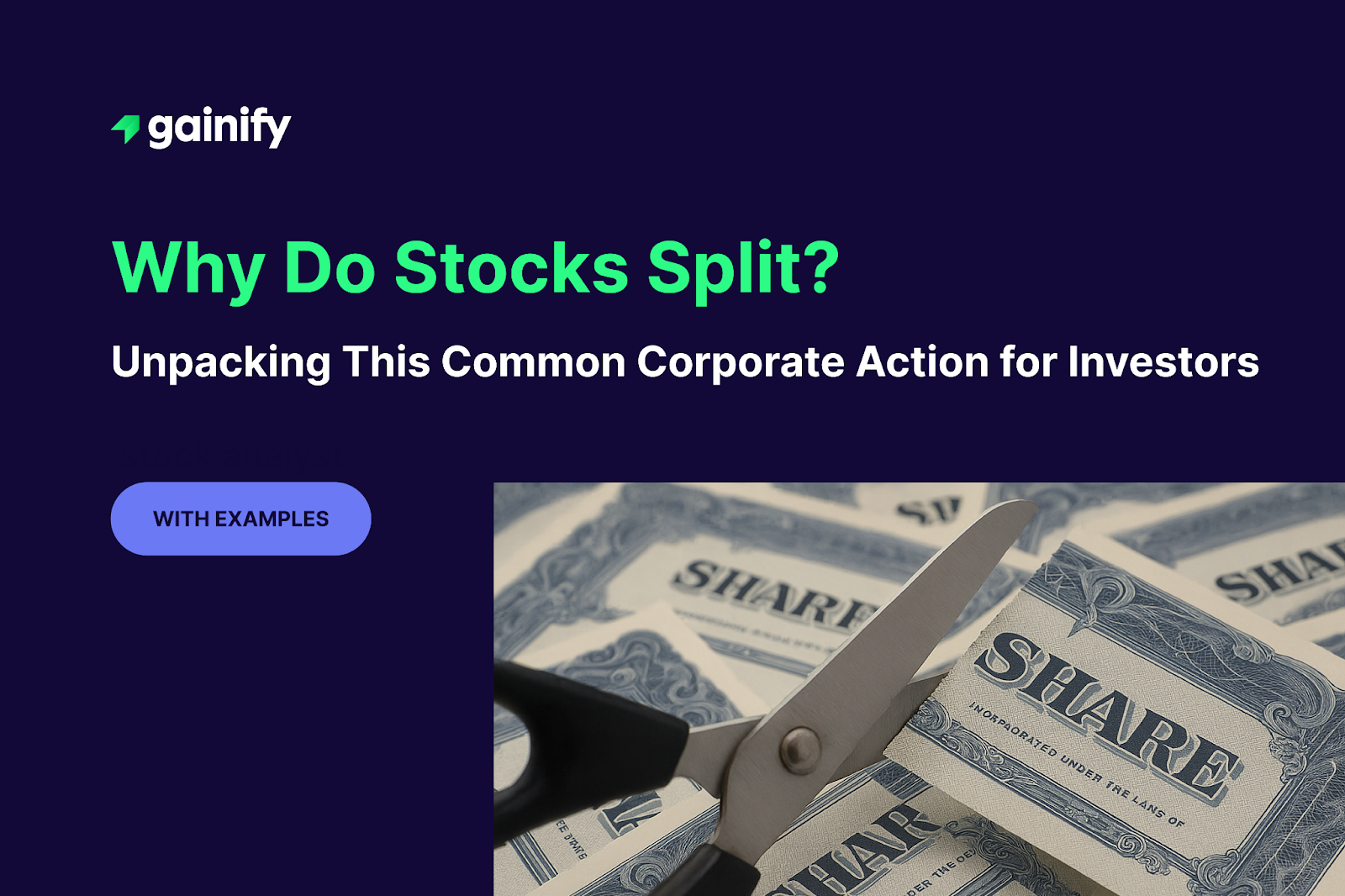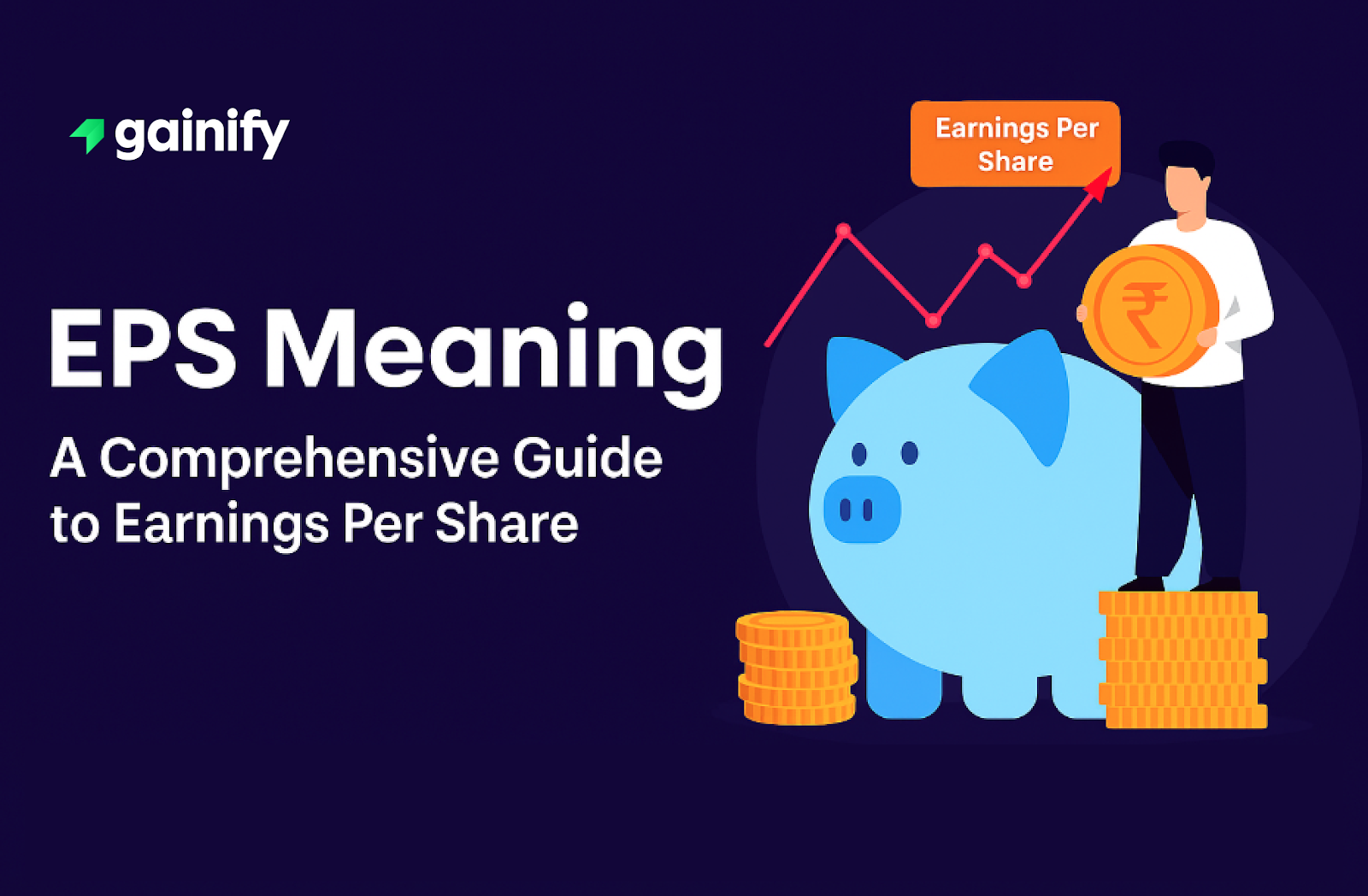In the dynamic world of financial markets, the journey to building long-term wealth often involves understanding corporate actions that can seem, at first glance, a bit mysterious. Among these, the stock split is a widely discussed event that frequently captures the attention of investors. It is a corporate maneuver that impacts how a company’s shares are priced and traded on a stock exchange, yet it does not alter the underlying strength or intrinsic value of the business itself.
For both seasoned financial professionals and new investors taking their first steps, comprehending the mechanics and implications of a stock split is important. It is not a magical catalyst for immediate wealth creation, but rather a strategic adjustment that can enhance a stock’s accessibility and appeal. By demystifying this process, investors can make more informed investment decisions, focusing on what truly drives long-term returns: the fundamental health and growth trajectory of the companies they own.
As a helpful expert in navigating finance-related complexities, I can confirm that stock splits are a deliberate choice by company management, approved by the board of directors, for practical reasons related to share price management and market sentiment. While the nominal price of each share changes, the total value of an investor’s holdings in the company remains precisely the same immediately following the split. This means that while you may own more shares, each individual share is worth proportionally less.
Join us as we explore the core reasons why companies do stock splits, how they work in practice, and what this means for your investment portfolio. Understanding these nuances will equip you to interpret market movements with greater clarity and confidence, ensuring your focus remains on strong fundamental factors and rational valuations that underpin lasting financial success.
What Exactly Is a Stock Split?
A stock split is a corporate action where a company increases the number of its outstanding shares by dividing each existing share into multiple new shares. In this process, the market price per share is proportionally reduced, but the total market value of the company and the overall value of an investor’s holdings remain unchanged. This is based on specific split ratios.
For example, imagine a company announces a 10-for-1 stock split. If you previously owned 100 shares of this company, and each share was priced at $1,200 before the split, your share count would increase tenfold to 1,000 shares. Correspondingly, the market price per share would adjust to $120 after the split. Your total investment value remains constant at $120,000 (100 shares x $1,200 = $120,000; 1,000 shares x $120 = $120,000). For investors who track their cost basis, a stock split requires an adjustment to reflect the new number of shares and their proportional per-share cost. This illustrates that a stock split is primarily an accounting adjustment and does not inherently change the company’s fundamental value.
A stock dividend is a related concept where a company issues additional shares to shareholders instead of cash, which also increases the total number of outstanding shares owned without immediately increasing total value.
Examples of Recent High-Profile Stock Splits
Here are three examples of recent high-profile stock splits, demonstrating how major public company leaders have utilized this corporate action:
- Broadcom (AVGO): Broadcom announced a 10-for-1 stock split effective in July 2024. This action adjusted its market price per share from approximately $1,200 to $120, increasing the number of shares held by investors tenfold. This is a clear example of a company using a split to enhance the psychological affordability of its stock and potentially increase market interest.
- Apple Inc. (AAPL): As a technology leader and a major component of the S&P 500, Apple has conducted multiple high-profile stock splits in its history. On June 9, 2014, Apple executed a 7-for-1 stock split, reducing its share price from around $645 to approximately $92. Later, on August 31, 2020, Apple conducted a 4-for-1 stock split, lowering the price from roughly $500 to about $125. Apple is a widely recognized example of a company that has used splits to make its shares more accessible and appealing to a broader investor base, contributing to its strong market capitalization.
- Amazon (AMZN): Another mega-cap technology firm, Amazon has also executed significant stock splits. On June 6, 2022, Amazon completed a 20-for-1 stock split, reducing its share price from around $2,400 to approximately $120. Its shares, which were once very high-priced, became more accessible to individual investors through splits, complementing the availability of fractional investing at brokerages.
The Primary Driver: Enhancing Stock Affordability and Accessibility
Companies undertake stock splits primarily to make their stock seem more affordable to a broader base of investors. When a stock’s price climbs very high, it can appear out of reach for individual investors who may not have sufficient capital to buy a full share. By lowering the market price per share through a split, companies aim to:
- Increase psychological affordability: A lower nominal share price can make a stock appear more accessible and attractive to small-scale investors. For an investor with limited capital, purchasing shares at $120 might feel more attainable than buying shares at $1,200, even if fractional investing is an option.
- Expand the investor base: A more accessible share price can encourage more retail investors to purchase the stock, potentially increasing the overall market demand and market liquidity for the company’s shares. Lowering the per-share price can, as a practical matter, contribute to greater trading volatility by making shares more digestible for a wider array of market participants.
- Boost market interest: Lowering the market price per share can make the stock more attractive to a wider range of investors, enhancing its overall market interest.
It is important to remember that this affordability is largely perceptual. The underlying value of the business is not affected by this cosmetic change. However, in financial markets, perception can indeed influence investor behavior and stock trading dynamics. The bid-ask spread might temporarily widen following a split, but market liquidity typically adjusts quickly.
Impact on Investors
For current and prospective investors, understanding the implications of a stock split is straightforward.
Firstly, for those who already own shares, a stock split results in owning more shares at a lower price per share, but the total value of their investment remains the same immediately after the split. There is no immediate gain or loss from the split itself. The principal value of their investment is unaffected.
Secondly, for new investors, a split can make purchasing a full share more achievable if the original price was prohibitive. Furthermore, modern brokerage platforms increasingly offer fractional investing, which allows investors to buy a portion of a share. This development has already made high-priced stocks, such as Apple Inc. or Tesla, accessible to everyday investors regardless of a stock split. Fractional investing means you can invest a precise dollar amount, even if it is not enough to buy a whole share, which helps in diversifying portfolios even with smaller sums through brokerages like Charles Schwab or Robinhood.
Ultimately, a stock split is a mechanical adjustment that does not change the core financial health, earnings power, or competitive position of a company. Investors focused on long-term success, like value investors, prioritize the strength of the business’s fundamentals rather than its nominal share price.
The Perceptive Investor’s Reflection on Stock Splits
While stock splits are a common corporate action often met with enthusiasm, the discerning investor approaches them with a broader perspective. The initial excitement surrounding a stock split, driven by the perception of affordability, can sometimes overshadow the more profound reality that a company’s fundamental worth remains unaltered.
For an investor steeped in the principles of value investing, championed by figures like Benjamin Graham and Warren Buffett, the intrinsic value of a business is paramount. This intrinsic value is rooted in a company’s financial fundamentals, projected earnings & cash flow growth, and operational efficiency, not merely its market price per share. From this viewpoint, a stock split is akin to cutting a pie into more slices; the pie itself, its quality, and its overall size remain the same. The investor focused on genuine value understands that the strength of the business model, consistent earnings, healthy cash flow, and rational valuations are the true determinants of long-term success.
Warren Buffett attributes his extraordinary success to a disciplined habit of reading and an investment philosophy grounded in intellectual curiosity and a relentless focus on intrinsic value. His approach, often associated with Berkshire Hathaway, emphasizes buying businesses he understands, managing risk carefully, and focusing on fundamentals like cash flow and earnings quality. Relying solely on a stock split as a reason to invest, without a thorough analysis of the underlying business, would be akin to prioritizing surface-level metrics over the deep analysis that truly informed investment decisions demand. Therefore, while a split might widen accessibility or influence short-term trading volatility or market shifts, it is the company’s core business performance and its alignment with fundamental investment principles that ultimately matter for building lasting wealth.
Conclusion
Understanding why stocks split reveals a common corporate strategy aimed at managing share price perception and enhancing market accessibility, rather than signaling an immediate change in core business value. While the number of shares outstanding increases and the per-share price decreases proportionally, the fundamental value of your holdings remains consistent.
For investors, the key insight is to look beyond the surface-level adjustment of a stock split. True long-term success in the market is built upon a disciplined approach that prioritizes rigorous fundamental analysis, focusing on a company’s intrinsic value, robust financial health, and consistent earnings power. With tools like Gainify, investors can conduct comprehensive research, screening for companies with strong fundamentals and aligning investment decisions with their long-term investment goals, rather than getting swayed by nominal price changes or technical factors alone.
FAQs: Understanding Stock Splits
Q: Does a stock split make a company more valuable?
A: No, a stock split does not inherently make a company more valuable. While it changes the number of shares and the market price per share, the company’s total market capitalization and your total investment value in the company remain the same immediately after the split.
Q: Is a stock split a good sign for investors?
A: A stock split is often perceived as a positive sign because companies typically execute splits when their stock price has increased significantly, indicating strong past performance and growth prospects. However, the split itself is a mechanical adjustment and does not guarantee future performance. Investors should focus on the company’s fundamentals and future outlook.
Q: How does a stock split affect existing shareholders?
A: For existing shareholders, a stock split increases the number of shares they own and proportionally decreases the price of each share. For example, in a 10-for-1 split, an investor would own ten times more shares, but each share would be worth one-tenth of its pre-split price, leaving the total value of their holding unchanged.
Q: Do stock splits affect fractional shares?
A: Yes, if you own fractional shares, they will also undergo the split in the same proportion. For instance, if you own 0.5 of a share and the company has a 2-for-1 split, you would then own 1 full share. Fractional investing already makes high-priced stocks accessible to everyday investors, even without a split.
Q: Will I earn more dividends after a stock split?
A: Not necessarily. While you will own more shares, the company usually adjusts its dividend payments per share proportionally to the split. This means your total dividend payout often remains the same, although some companies might choose to slightly increase the total payout as a gesture of confidence. Investors should monitor dividend growth and the dividend payout ratio to assess sustainability.
Q: How do stock splits relate to investment vehicles like mutual funds and exchange-traded funds?
A: If a stock held within a mutual fund or an exchange-traded fund undergoes a split, the fund’s holdings are automatically adjusted to reflect the new number of shares and their proportional price change. This means that the fund’s overall value and your investment in the fund remain unaffected by the individual stock’s split. These funds provide diversified exposure to the broad market and individual companies without the need to directly manage the impact of corporate actions like splits on your own.
Q: Do stock splits involve any specific regulatory rules?
A: While stock splits are common corporate actions, they are subject to certain regulatory rules and reporting requirements set by financial authorities to ensure transparency and proper disclosure to shareholders. Companies typically announce their split ratios and effective dates well in advance, allowing for an orderly market reaction.




